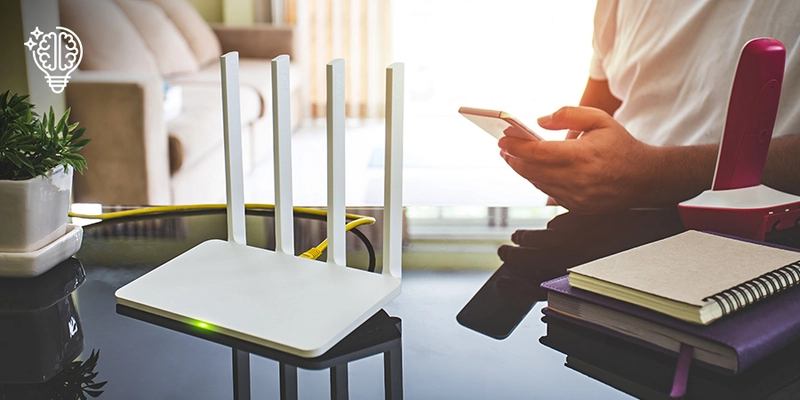
Router Secrets Revealed
Your network device has so much more to offer than simply 'plug and pray'!
Have you shelled out for a top-quality router, followed the quick-start guide to get online, and then wondered: is this all there is? If you want to push your product's performance, there are quite a few ways to get more mileage from your internet connection.
What's the difference between a modem and a router?
If you're talking about typical consumer-level devices, often both functions are integrated into the one unit. If you have an NBN connection, your utility or connection box normally takes on the role of a modem, and is then connected to a router's WAN port.
A modem is the interface between the wired connection coming from the phone network – which communicates with the internet – and one or more computers and other devices that you use to browse the web.
A router plugs into your modem and directs the internet connection to various devices in your home by establishing a network; by default, it does this using Wi-Fi. Besides enabling your computers, phones, tablets and anything else to use the internet connection from your modem, it also allows home-automation devices such as smart speakers and smart plugs to talk to one another.
4 fantastic ways to improve your network using a router
1. Connect via WPS (Wi-Fi Protected Setup).
For high-speed connection to your smartphone, tablet, Wi-Fi extender and other devices, choose the WPS option in your smartphone's connection menu, or press and hold the WPS button on a compatible device. Then press the WPS button on your router. This method is super easy, providing a connection at the touch of a button; no entering passwords, no hassles!
2. Establish a wired connection.
Are your kids complaining that your vid conference is hogging the Wi-Fi, making their gaming laggy? The simple solution is to connect a console or computer to one of the LAN ports on the router using a network cable. Using this approach, especially if you have blistering high-speed internet, your Wi-Fi will only hit the maximum of its documented throughput (measured in Mbps) in a best-case scenario. Connecting a LAN cable to a Gigabit Ethernet port gives you close to 1000Mbps at all times – assuming your internet connection can deliver that in the first place!
3. Share files from a USB drive.
Plug a flash drive or portable hard drive into the USB port on your router and use your computer's network settings to access the files from other connected devices. This is the easy way to watch movies on your smart TV or keep your music library where anyone in your network can listen to it.
4. Log in for advanced options.
Your router is a lot smarter than you might think. Most units allow you to log in to the UI (user interface) using an app on your smart device or by typing in the router's address in your web browser. From there, you can really get 'hacking' with advanced settings and customisation. Depending on the details of your particular router, you can change simple settings such as your device name and password, or more complex functions such as parental controls and even specifying how much bandwidth individual users can access.

